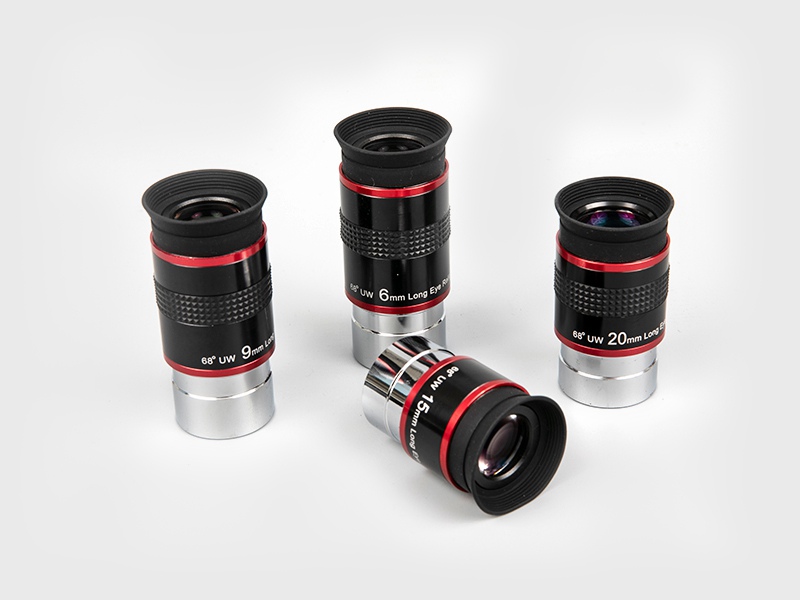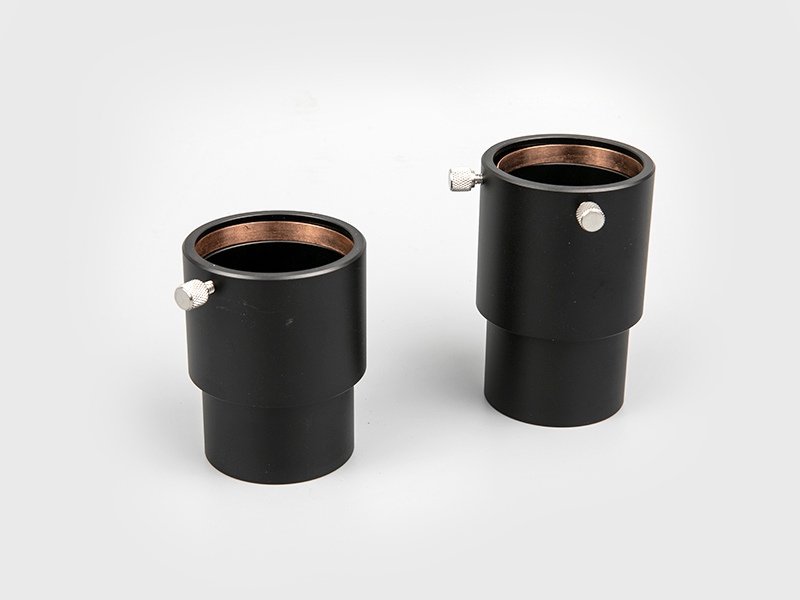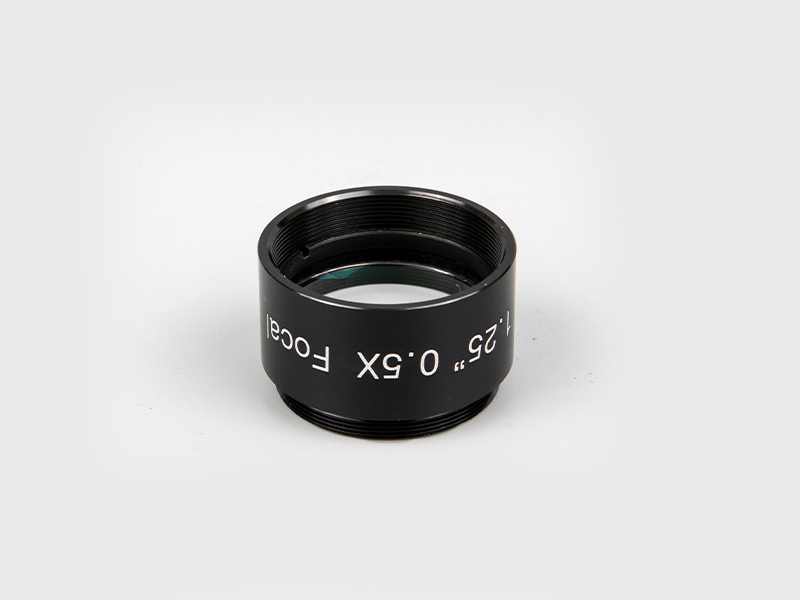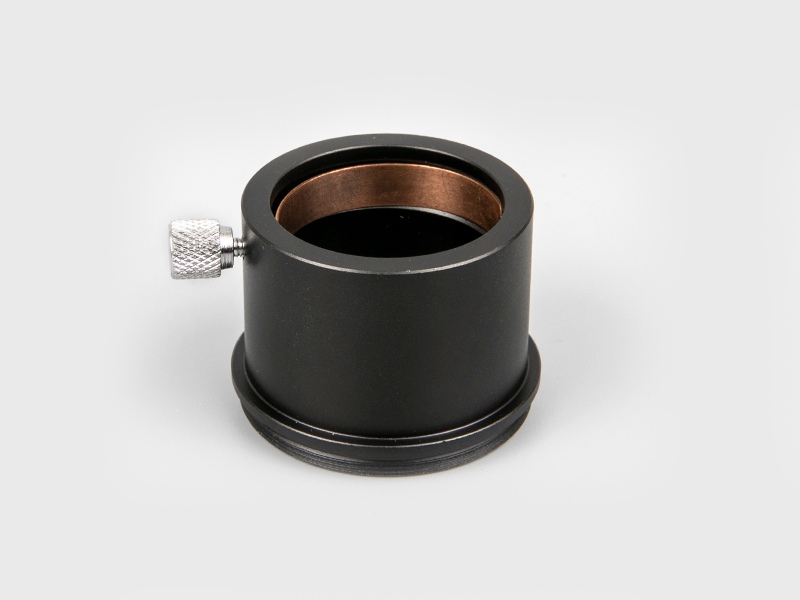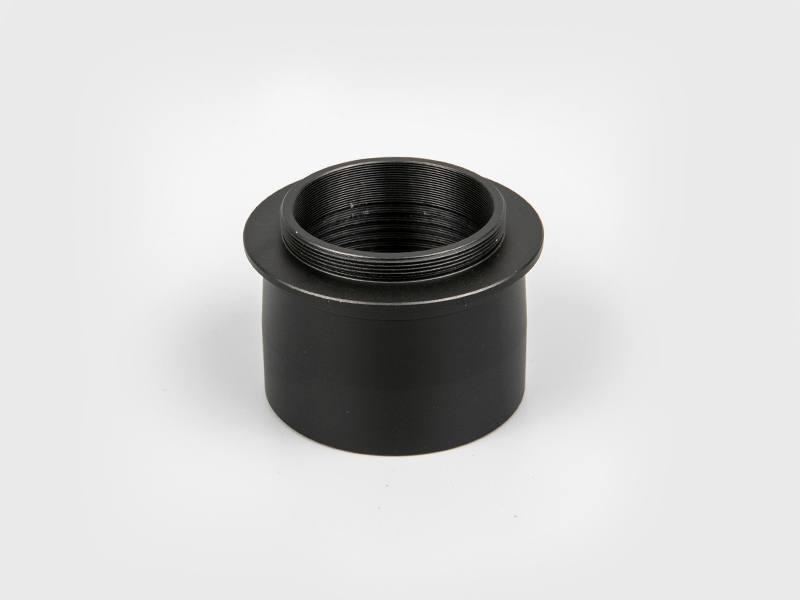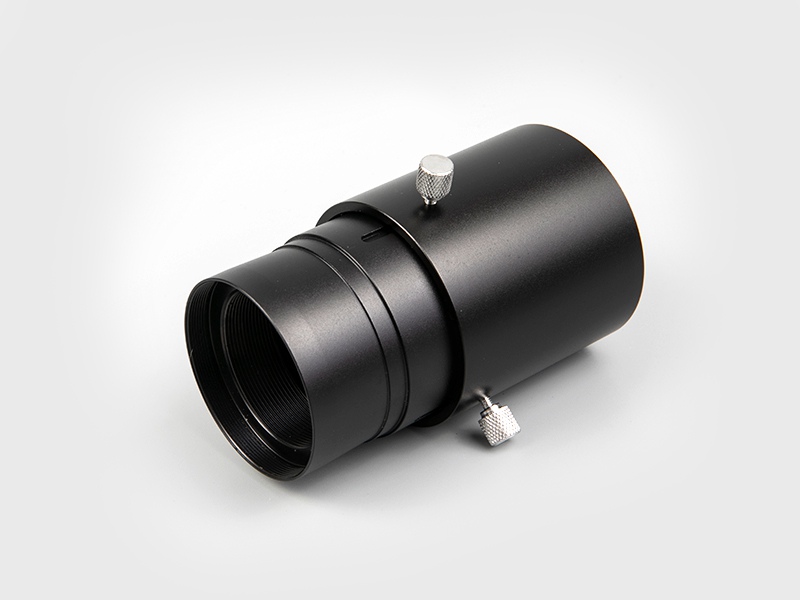There are two key indicators to measure the optical performance of a telescope. One is the aperture and the other is the magnification. Theoretically, the larger the aperture and the higher the magnification of the product, the clearer the details of what you see, but in fact there is a link between the two, and All are restricted by other factors.In actual product design and production, products with infinite caliber and infinite multiples cannot be realized.
A telescope with the same magnification, the larger the aperture, the stronger the light-gathering power, and the higher the brightness of the telescope.
For telescopes of the same caliber, the greater the magnification, the lower the brightness of the telescope.
The parameter of the relationship between the aperture and the magnification is called the exit pupil diameter, which represents the diameter of the aperture of the telescope eyepiece
Exit pupil diameter=Aperture/Magnification
The larger the exit pupil diameter, the greater the room for light that can enter the eye, and the more comfortable the telescope is to watch.At the same time, a large exit pupil diameter generally represents a large aperture or a large aperture magnification ratio, so the brightness is also higher.
However, in the actual use of the telescope, factors such as weight and portability must be considered. Therefore, comprehensive consideration should be given to the selection. The following are some references for binoculars that need to be paid attention to:
For tourism and hiking (need to pay attention to portability)
The magnification of the telescope should not exceed 12 times, and the aperture should be less than 40mm.Typical specifications are 8x21, 10x25, 12x32, 7x35, 8x30, 8x40, 10x40, etc.
Astronomical Observation (Need to pay attention to light-gathering power)
The magnification is 7-10 times, the caliber should not be less than 50mm, typical specifications such as 7x50, 10x50, 8x56, 9x63, etc., of which the 7x50 specifications, because they can obtain a larger field of view and a relatively small volume and weight, they are liked to survey the sky Of astronomy enthusiasts are particularly fond of.
For other purposes, you can choose according to personal preferences. If you want to obtain the highest possible resolution of details, you can choose products with a larger caliber and higher magnification.

 English
English 日本語
日本語 Deutsche
Deutsche España
España

